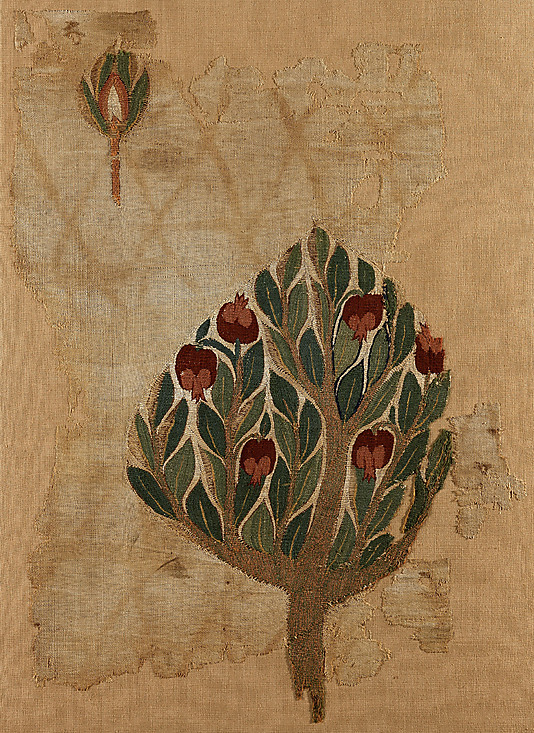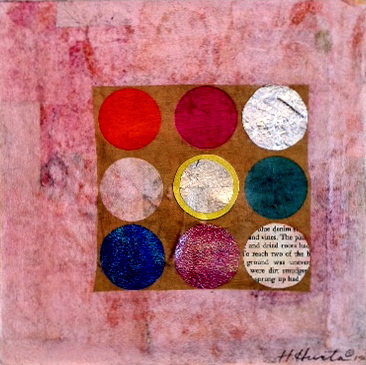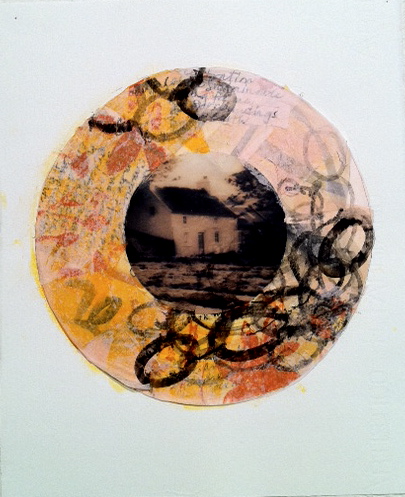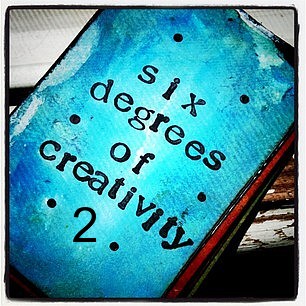 Yesterday I had the strange honor of sitting beside a beautiful young woman who was literally pulling her hair out. I didn't understand what was happening at first. I was getting to know her and she was getting to know me, as well as what I do in the hospital. We spoke of her illness, of the fact that her hair was falling out (she didn't want it shaved), of the cartoons playing on the television. The entire time we talked, she pulled at strands of her hair, twirling small bits, and calmly yanked them out, putting them carefully on the coverlet.
Yesterday I had the strange honor of sitting beside a beautiful young woman who was literally pulling her hair out. I didn't understand what was happening at first. I was getting to know her and she was getting to know me, as well as what I do in the hospital. We spoke of her illness, of the fact that her hair was falling out (she didn't want it shaved), of the cartoons playing on the television. The entire time we talked, she pulled at strands of her hair, twirling small bits, and calmly yanked them out, putting them carefully on the coverlet.
By the time I left the room, she had tucked a considerable amount of what had once covered her head into a plastic sandwich bag for safekeeping.
It was one of those scenes that goes in so deep, I wanted to run away and cry. I had an art group to facilitate, so instead, I went back to my office and stared at the wall of orderly art supplies, the bottles and tubes of color lining the shelves bringing me comfort.
I've been thinking a lot about repair; how to reconstitute myself after being torn in so many different directions all day long. Inspired by comments on this blog, from my family and local friends, I've been thinking about my art work, it's purpose and relation to the art therapy.
I'm always trying to find a "balance"--somehow comprehend the relationship of making art to practicing art therapy, but both are subtle practices and too mysterious to hold onto all at once. Instead, I've begun to think of the two as intertwined, a kind of ongoing tapestry, in which each activity informs the texture and direction of the other.
Since trying this approach, I've felt more relaxed and present (that ever present word : "present"!)
I've found myself describing my art work as a way to restore a sense of calm amidst the overwhelming flux surrounding me. I've often thought of art making and art therapy as forms of Tikkun O'lam, a Jewish phrase that means "repair of the world." What I've most recently come to appreciate again, is that while practicing both arts, I am repairing myself too! (Well, heck, I knew that, but I guess it's just on a deeper level this time!)
I've continued to adapt patchwork quilting to paper and instead of putting diverse fabrics together to form a beautiful pattern, I take sections and bits of paintings along with pieces of collected paper and put them together into patterns--with the patterns signifying more than the surface beauty. They attempt to fuse the variety of experience together into a whole. The process of the work is soothing and at the same time frustrating. I paint, cut out a square, cover a small area and then immediately tear off other areas of the work, then repeat the whole process again.
It's stretching me, this work, not letting me become complacent. Each new section has its own internal direction but is also patient, waiting quietly for me to discover what it is and turn to it--again and again.
* A "phase transition" is the process by which matter transforms via a thermodynamic system from one phase or state of matter to another.









